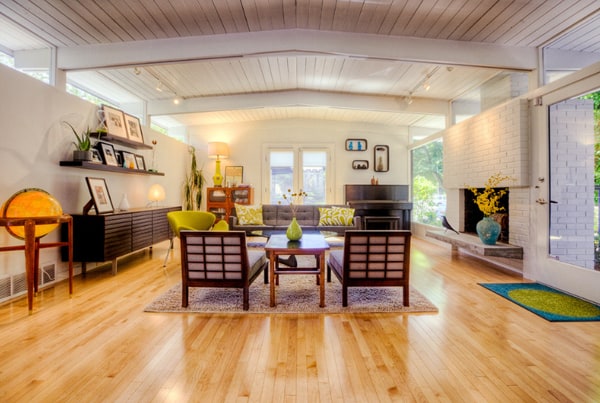
Iconic mid-century modern design is once again a trending interior style. The look is characterized by its functional simplicity, open layout and geometrical accents. Many homeowners are incorporating these retro features with their contemporary interiors for fashion-forward homes.
To achieve the mid-century modern style, integrate these four elements listed below:
1. Functional Layout
Mid-century modern style includes clean lines and no clutter. Begin by clearing out any unnecessary trinkets, making sure each piece of furniture has a purpose. Arrange the room in a spacious, open layout with clear seating areas, orderly tabletops, wide walkways and plenty of livable space. For new furniture, opt for low-slung pieces with limited hardware.
2. Natural Materials
Another basic element of the mid-century look is the incorporation of natural materials. Architecture of the era worked within the context of nature, embracing large windows and exposed beams. Interiors feature media such as wood, glass, concrete, leather and metal wherever possible. Brass accents are highly popular, whether included as starburst wall art or accents on the legs of tables and chairs. Metal furniture leg caps, also known as ferrules and sabots, can be specially ordered online to add mid-century modern flair to current furniture.
3. Geometrical Features
Another material commonly featured in mid-century modern design is plastic. Although the style calls for clean lines, many retro homes include wild geometric shapes made from metal or plastic. Some iconic pieces are egg chairs, tulip tables or bubble lamps. These elements are typically sleek with limited legs or hardware. In a streamlined room, a single geometric pendant lamp adds a striking statement.
4. Retro Colors
Although the general tone of mid-century modern design is neutral due to its natural elements, retro style is also colorful. Designs might include numerous colors in a single room, but most hues incorporate a shade of brown to complement the earthy tones. Because the style was initially popularized throughout the lengthy timeframe of the 1950s and 1960s, color selections range vastly. Common palettes pair a bright tint with a darker shade. Bold hues include pastels such as powder blue, butter yellow and pale pink with warmer tones of navy blue, olive green and burgundy. Walls are either white or another neutral hue while expansive windows welcome natural light.
These four elements help master the mid-century modern design, whether homeowners are decorating a newly-purchased house, updating a long-term property for resale, pairing interior design with home architecture or invigorating a new construction property with historical flair. The mid-century modern style creates inviting and spacious designs that continue to withstand the test of time.
Photo Sources: 1. Coop 15 Architecture, 2. Dyna Contracting Inc, 3. Lukas Machnik, 4. American Dream Builders, 5. Lukas Machnik, 6. John Maniscalco Architecture
Guest Post: Tali Wee is a blogger who writes about home improvements, interior design and finances for Zillow and other partners.

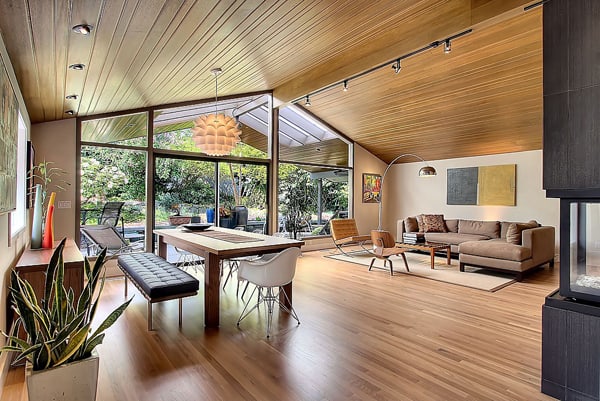

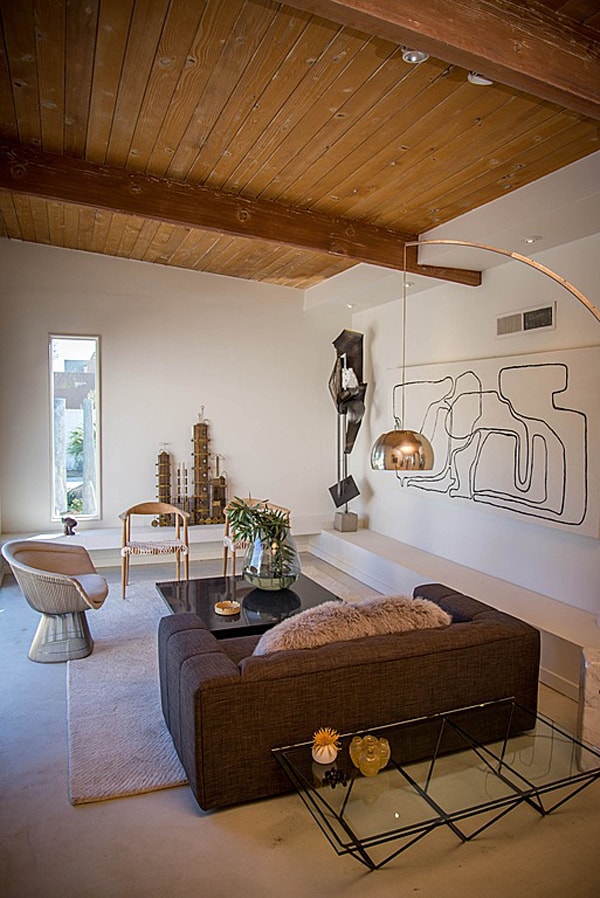
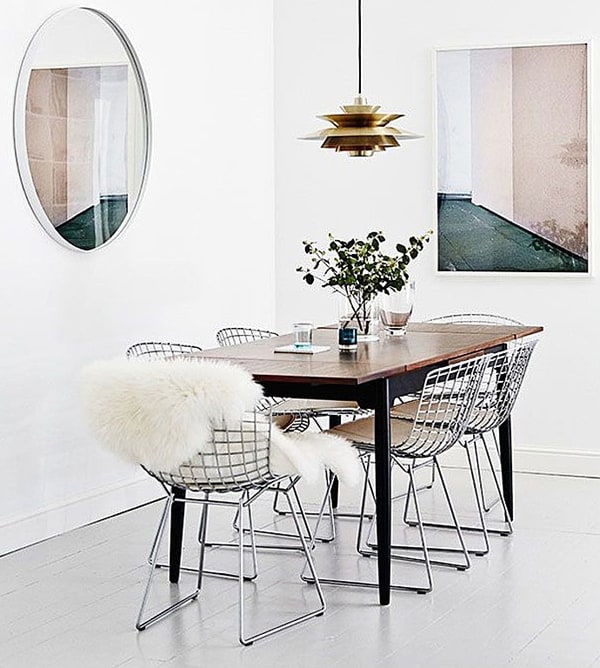


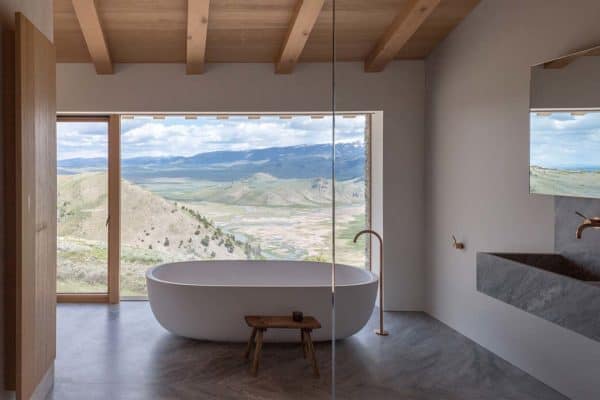
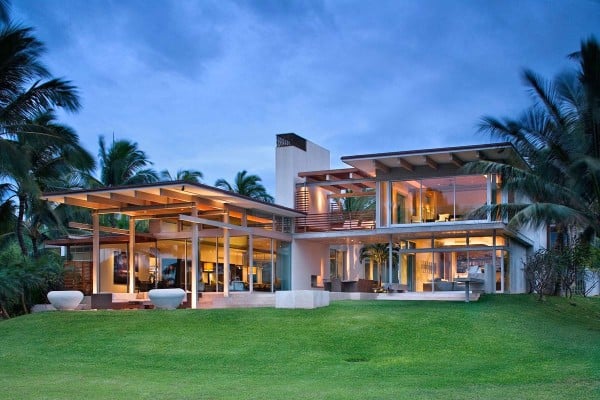
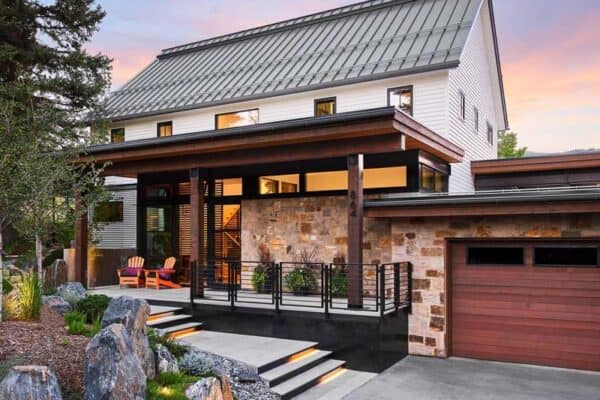
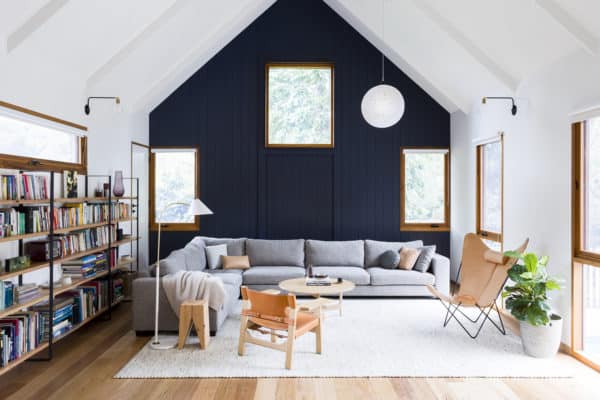

1 comment